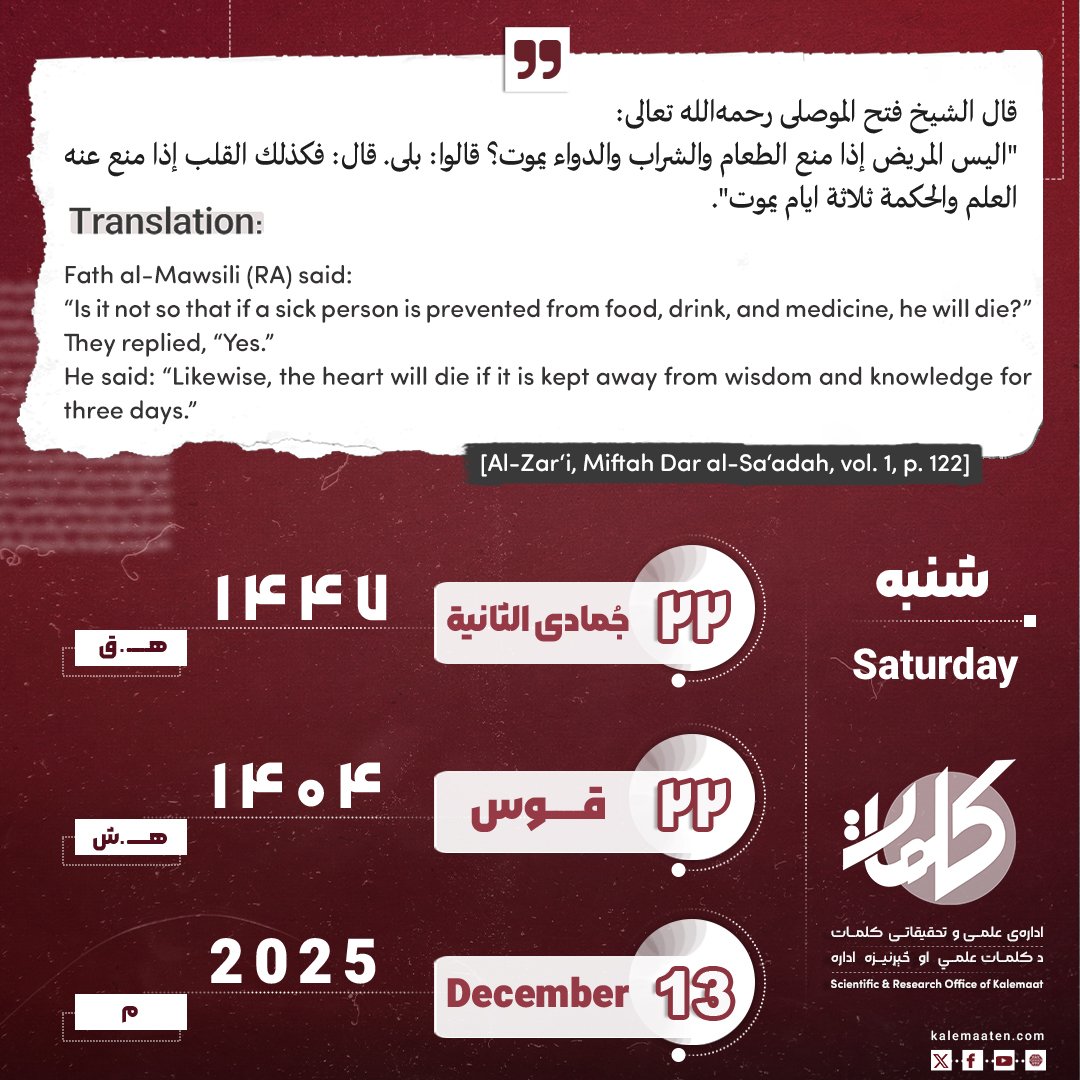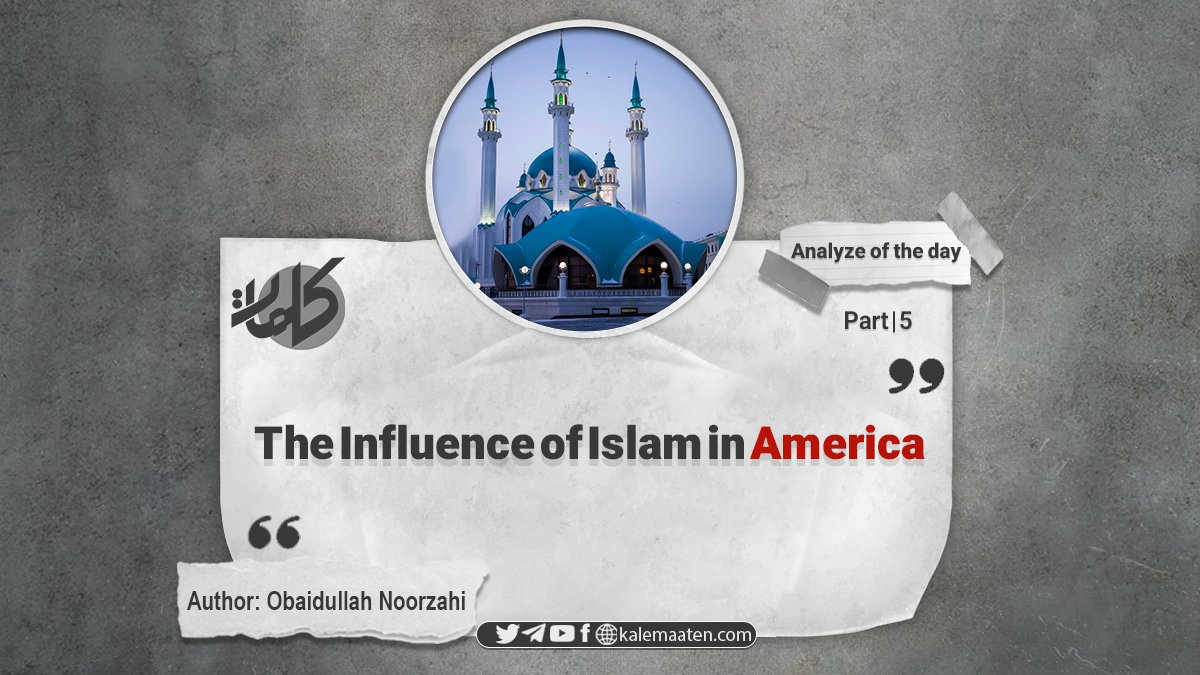Author: Obaidullah Nimruzi
The Influence of Islam in America (Part Five)
Canada
Canada, with an area of 9,970,610 square kilometers, is the largest country in the Americas and is located in the northern part of the continent. It consists of 10 provinces and 2 territories, with its capital in Ottawa, and is governed as a federal parliamentary democracy with a constitutional monarchy. Due to its high latitude, much of its northern regions are covered in snow and ice, experiencing extreme cold, which has led the majority of its population to settle in the southern regions.
Canada has a population of 26 million, mostly of European descent. Approximately 90% of the population is Christian (Catholic and Protestant), while the remainder includes Orthodox Christians, Jews, and Muslims.
The first wave of Muslim migration to Canada occurred in 1880 from Syria and its surrounding regions. Later, migrants from India, Pakistan, Bangladesh, Afghanistan, Arab countries, Africa, Slavic nations, and Albania joined them. Some Muslims also arrived from Guyana and Trinidad and Tobago.
Albanian Muslims, who fled communist oppression, formed the “Albanian Muslim Society” in Toronto in 1952. They actively engaged in religious and cultural activities, including organizing Friday prayers, maintaining Islamic traditions, celebrating religious occasions, and delivering lectures on Islamic topics. With the increased migration of Eastern European Muslims in 1957, they collaborated with Albanian Muslims to establish the “Islamic Society of Toronto.” In 1965, an Islamic center was founded in Toronto, where a large hall was designated for congregational prayers.
The University of Toronto has a department dedicated to philosophy and Middle Eastern and Islamic studies. The head of this department is Professor Marmura, of Palestinian origin. Unfortunately, a Christian professor holds the chair for Islamic Studies and Qur’anic sciences, while an Egyptian professor teaches music. In some universities, even Baha’is teach Islamic subjects, presenting Islam in a way that aligns with Western interests and highlighting the challenges faced by Muslims in academia.
McGill University, the only English-language university in Quebec (as most universities in this province operate in French), has an institution called the “Institute of Islamic Studies,” which has been led by a Christian professor named Adams for about 20 years. The library of this institute contains approximately 170,000 books on various Islamic sciences.
In 1964, there were only 29,000 Muslims in Canada. By 1971, this number exceeded 60,000, and by 1982, it had doubled to 120,000. Currently, the Muslim population in Canada stands at 150,000, the majority being immigrants. Meanwhile, Christian missionary organizations in Canada are actively engaged in promoting their faith.
Argentina
The Argentine Republic is located in South America, east of the Andes Mountains, in the southern temperate zone. It covers an area of 2,780,092 square kilometers and consists of 22 provinces, one national territory, and one federal district, all under the central government’s administration. Buenos Aires, its capital, is situated on the southern coast of the Rio de la Plata estuary.
Out of its 32.5 million residents, 97% are of European descent, primarily Spanish and Italian. The country also has indigenous Native Americans, mixed-race individuals (mestizos), and some of Asian descent. The majority of Argentinians are Catholic, while minorities include Muslims, Protestants, and Jews.
The first Muslims arrived in Argentina during the 16th century when the country was part of the Spanish Empire. The second wave of Muslim migration consisted of Syrians, who migrated between 1880 and 1955 and now form the largest ethnic group among Argentine Muslims.
In 1964, when Argentina had a population of 21,079,000, there were 295,106 Muslims, making up 1.4% of the total population. By 1982, the number of Muslims had grown to 400,000. Migration has played a significant role in the increasing number of Muslims in Argentina. Currently, more than 500,000 Muslims reside in Argentina, the majority being of Syrian and Lebanese descent.
Muslims are primarily concentrated in the capital and northern provinces. The majority are Sunni, with approximately 10% being Shia. The Argentine government does not officially recognize Islam and has imposed restrictions on Muslims. It appears that the authorities intend to integrate Muslims into the Christian community. Despite these challenges, Muslims have organized themselves into several Islamic institutions and engage in religious and educational activities through mosques and Islamic centers.
Brazil
The Federative Republic of Brazil, covering 8,511,965 square kilometers, is located in northern and eastern South America. The world’s largest river, the Amazon, flows through this country, which is crossed by both the Equator and the Tropic of Capricorn.
Brazil consists of 22 states, 4 territories, and one federal district, with its capital in Brasília. It has a population of 149 million, predominantly of Portuguese, Italian, and German descent, along with mixed-race individuals of European and African ancestry. A significant number of indigenous people also live in the country. The majority are Catholic, with Protestants and Muslims forming minority groups.
Muslims arrived in Brazil before Christopher Columbus’ expeditions, reaching the country in 1150 from Andalusia by sea. Orientalists have confirmed this historical fact. When Portuguese explorer Pedro Álvares Cabral discovered Brazil in 1500, Portugal took control of the land, triggering a wave of Portuguese migration. Despite severe restrictions imposed by the colonial government, some Muslims managed to join the migration and settled in São Paulo.
The growing number of Muslim immigrants in Brazil alarmed the Catholic authorities, leading to persecution. In 1564, the Portuguese Inquisition launched brutal campaigns against Muslims. Many were burned alive, while others were enslaved. A second wave of Muslim migration consisted of enslaved Africans forcibly brought to Brazil by the Portuguese in the 17th century. When slavery was abolished in 1888, these Muslims finally found some relief and began reviving Islamic practices. They established communities in Bahia, Rio de Janeiro, and São Luís. Over four years, they fought against the ruling Christian forces and even succeeded in forming an Islamic state, which was later crushed by the government, leading to mass killings. As a result, thousands of African Muslims returned to their homeland, while those who remained had to conceal their faith.
From the 1860s onward, Syrian migrants arrived in Brazil, followed by Lebanese and Palestinian immigrants. This increased the Muslim population significantly.
By 1990, Brazil had around 100,000 Muslims, most living in São Paulo, where they formed a charitable organization called the “Islamic Charitable Society.” By 1982, the number had tripled to 300,000. Currently, Brazil is home to 500,000 Muslims, about 60% of whom are of Syrian and Lebanese descent. The majority are Sunni, while the rest are Shia.
African Muslims mainly reside in the state of Bahia, with its capital in Salvador, while Arab Muslims are concentrated in Paraná (Curitiba) and São Paulo. Unlike in the past, Muslims in Brazil now face fewer government restrictions and enjoy greater religious freedom. However, their organizations are still in the early stages of development.
Continues…
[1] Akhbar al-Alam al-Islami, published in Mecca, Issue No. 81.
[2] Lutfi Obeidi, from the Islamic Studies Center, cited in Al-Alam magazine, Issue No. 44, states that the number of Muslims in Argentina is 900,000.



